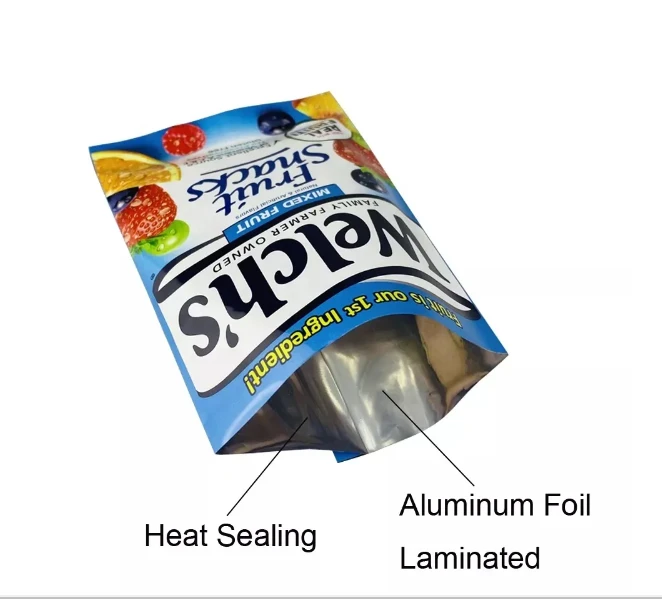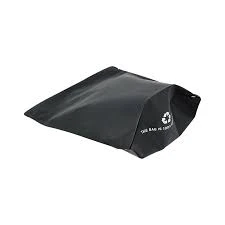- Afrikaans
- Albanian
- Amharic
- Arabic
- Armenian
- Azerbaijani
- Basque
- Belarusian
- Bengali
- Bosnian
- Bulgarian
- Catalan
- Cebuano
- chinese_simplified
- chinese_traditional
- Corsican
- Croatian
- Czech
- Danish
- Dutch
- English
- Esperanto
- Estonian
- Finnish
- French
- Frisian
- Galician
- Georgian
- German
- Greek
- Gujarati
- haitian_creole
- hausa
- hawaiian
- Hebrew
- Hindi
- Miao
- Hungarian
- Icelandic
- igbo
- Indonesian
- irish
- Italian
- Japanese
- Javanese
- Kannada
- kazakh
- Khmer
- Rwandese
- Korean
- Kurdish
- Kyrgyz
- Lao
- Latin
- Latvian
- Lithuanian
- Luxembourgish
- Macedonian
- Malgashi
- Malay
- Malayalam
- Maltese
- Maori
- Marathi
- Mongolian
- Myanmar
- Nepali
- Norwegian
- Norwegian
- Occitan
- Pashto
- Persian
- Polish
- Portuguese
- Punjabi
- Romanian
- Russian
- Samoan
- scottish-gaelic
- Serbian
- Sesotho
- Shona
- Sindhi
- Sinhala
- Slovak
- Slovenian
- Somali
- Spanish
- Sundanese
- Swahili
- Swedish
- Tagalog
- Tajik
- Tamil
- Tatar
- Telugu
- Thai
- Turkish
- Turkmen
- Ukrainian
- Urdu
- Uighur
- Uzbek
- Vietnamese
- Welsh
- Bantu
- Yiddish
- Yoruba
- Zulu
4 Types of Packaging Materials Durable & Eco-Friendly Solutions
- Introduction to Packaging Material Categories
- Technical Advantages of Modern Packaging Solutions
- Market Analysis: Leading Manufacturers Compared
- Customization Strategies for Industry-Specific Needs
- Real-World Applications Across Key Sectors
- Environmental Metrics and Sustainability Impact
- Future Trends in Material Selection

(4 types of packaging materials)
Understanding the 4 Types of Packaging Materials
Packaging materials form the backbone of product protection and brand communication. The primary categories include:
- Plastics (38% global market share)
- Paper & Cardboard (32% adoption rate)
- Glass (12% premium product usage)
- Metals (18% industrial applications)
Emerging sustainable variants now account for 27% of new packaging development projects globally, driven by consumer demand for eco-conscious solutions.
Innovation Drivers in Container Engineering
Advanced materials demonstrate measurable improvements:
| Material | Barrier Efficiency | Carbon Reduction | Cost per Unit |
|---|---|---|---|
| Recycled PET | 92% O₂ Block | 45% vs Virgin Plastic | $0.18-0.22 |
| Plant-Based Films | 88% Moisture Res. | 62% Net Carbon Neg. | $0.31-0.38 |
| Corrugated BioBoard | 23kg Load Capacity | 100% Compostable | $0.12-0.15 |
Manufacturers like Amcor and DS Smith now offer 3-layer nanostructured films with 40% longer shelf-life capabilities.
Vendor Landscape and Capability Matrix
| Supplier | Specialization | Production Scale | Certifications |
|---|---|---|---|
| Mondi Group | Flexible Paper | 8.2M tons/yr | FSC, ISO 22000 |
| Sealed Air | Protective Films | $4.7B revenue | FDA, GRASP |
| Ball Corp | Metal Packaging | 35B units/yr | ASPIRE, CMI |
Tailored Material Configurations
Sector-specific solutions demonstrate performance enhancements:
- Pharma: 7-layer co-extruded blisters with 0.03% permeability
- Food Service: Compostable PLA containers (90-day degradation)
- E-Commerce: Reinforced corrugate (34% fewer damages)
Cross-Industry Implementation Cases
Notable deployments include:
Unilever's switch to PCR HDPE bottles reduced Scope 3 emissions by 19,000 MT annually.
Amazon's Frustration-Free Packaging achieved 33% reduction in shipping volume.
Circular Economy Performance Data
| Material | Recycle Rate | Energy Savings | Reuse Cycles |
|---|---|---|---|
| Aluminum | 76% | 92% | Infinite |
| rPET | 54% | 79% | 7-9 |
| Glass | 34% | 25% | 12-15 |
Evolution of Packaging Material Types
The sector is transitioning toward bio-based polymers (projected 19% CAGR through 2030) and smart materials with embedded sensors. Recent trials with nanocellulose composites show 300% improvement in tensile strength versus conventional options, signaling transformative potential for primary container systems.

(4 types of packaging materials)
FAQS on 4 types of packaging materials
Q: What are the 4 main types of packaging materials?
A: The four primary types are plastic, paper & cardboard, glass, and metal. They are widely used for their durability, cost-effectiveness, and versatility. Each material suits different product needs.
Q: What are 7 common types of packaging materials?
A: Beyond the core four, expanded categories include textiles, wood, biodegradable materials, and composites. These address niche demands like eco-friendliness or heavy-duty protection. Biodegradable options are increasingly prioritized.
Q: Which types of sustainable packaging materials reduce environmental impact?
A: Recycled paper, plant-based bioplastics, mushroom packaging, and seaweed films are popular sustainable choices. They minimize waste and energy use while being compostable or reusable. Adoption supports green initiatives.
Q: How do plastic and glass compare as packaging materials?
A: Plastic is lightweight and shatterproof but raises recycling challenges. Glass is infinitely recyclable and chemically inert but heavier and fragile. Both serve distinct roles in food and beverage industries.
Q: Are metal and cardboard considered sustainable packaging materials?
A: Yes—metal is 100% recyclable without quality loss, and cardboard is biodegradable and widely recycled. Both materials rank high in circular economy models. Their reuse potential reduces landfill waste.













